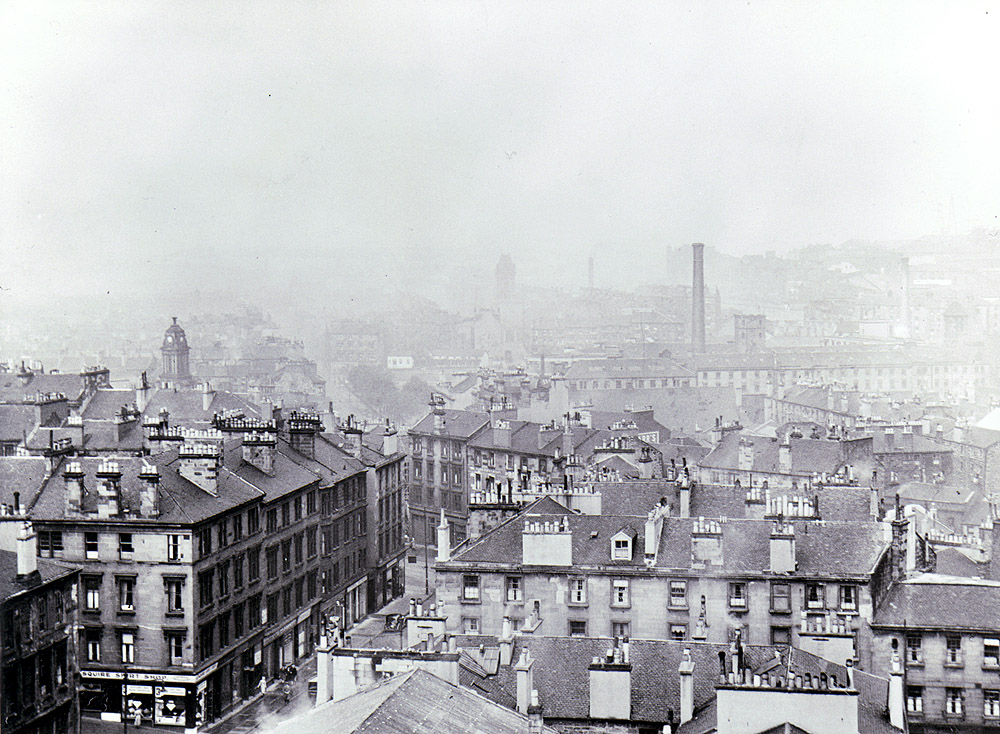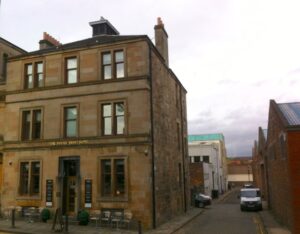
As people from around Scotland migrated to the cities in search of employment, Woodside quickly developed into an industrial heartland, right on the edge of Scotland’s largest city. Tenements to house the workers soon covered the fields, and during the 1840s, the Great Famine drove thousands of Irish migrants to Woodside. By 1870 it was being noted that “Green parks where cattle grazed, and greens where housewives bleached their clothes, have been almost covered in houses”.

The shortage of suitable accommodation for the working people and their families, led to serious overcrowding in poor quality housing. Glasgow had some of the worst slums in Europe, with the area to the north west of the city centre particularly bad. For example, Muse Lane (now Larbert Street) was said to have 1500 people to the acre! In 1901, Lyon Street housed roughly the same number of people in around a dozen tenements which comprised mainly of single ends.
The health of the population suffered through the crowded and unsanitary housing conditions, and both private and public baths and washhouses sprang up, along with pioneering efforts in children’s welfare – including the Sick Children’s Dispensary and the Phoenix Park Nursery, one of the earliest kindergartens in Scotland. Additionally, the site of the former Phoenix Foundry was developed into a well-used public park, with a central fountain.
By the mid-20th century the economy had changed and much of the housing was far below acceptable standards. These factors, along with the decision to build the M8 Inner Ring Road, led to Woodside being designated as a Comprehensive Redevelopment Area (CDA) in the early 1960s. The bulldozers moved in and large swathes of slum housing and dilapidated factory buildings were swept away.
